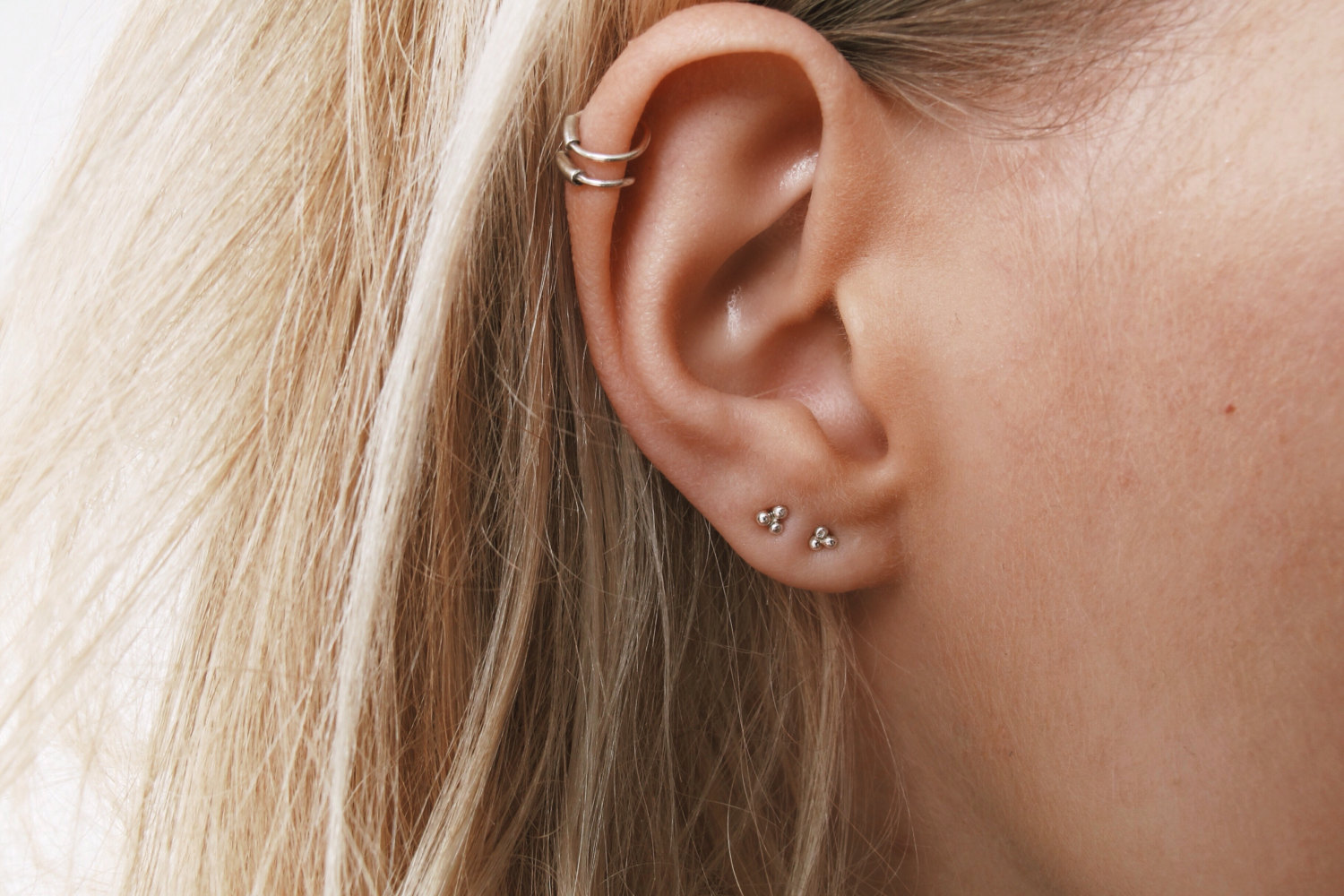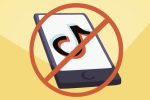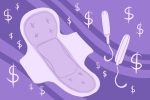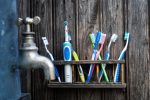So, you’ve decided you want to add some more bling to your outfit, but unlike the traditional lobe, you want a cartilage or helix piercing. Even though they have a lot of appeal, it’s important for people to keep in mind that this is not just any ordinary piercing.
Cartilage is connective tissue, similar to what connects your nose; it’s thicker than the skin but softer than the bones. Before getting poked, here are several things you should consider.
Piercing Gun
For starters, piercing guns cause blunt force trauma to your connective tissue, which can eventually shatter your cartilage. At the same time, you do not just simply wipe the tip of the gun with an alcohol swab or antiseptics and call that sterilization.
Instead, it is optimal to have the equipment sterilized through the use of Autoclave, which uses heat, steam and pressure to sterilize tools. As piercing guns usually consist of plastic, they cannot be sterilized in this instrument, or else they would melt.
According to the Association of Professional Piercers, reusable ear-piercing guns can put clients in direct contact with the blood and bodily fluids of previous clients. Let’s be real; you do not want to be touching other people’s secretions due to the possible risks of getting hepatitis, HIV or any other diseases.
Of course, there are people who were pierced by a gun and did not have any problems, but why put yourself in that dangerous position of possibly being infected with diseases? Do yourself a favor and ensure your piercer uses a needle.
Healing Time
This is not the usual lobe piercing that heals within a month. For cartilage or helix piercings, there is much less blood flow compared to lobe piercings. The healing process varies from person to person; the average person takes around six months to one year.
However, it may also take longer depending on how well you clean it every day. Speaking from experience, I cleaned my helix piercing every other day and it still would not heal after two years. Nevertheless, I had friends who had their cartilage piercings done and it healed within seven months.
Remember the phrase “Not everything is what it seems?” This is the same concept for cartilage piercings; it may look healed after the first couple months, but it probably isn’t. For this particular piercing, it heals from the outside-in. Therefore, if there comes a day that your ears are not pink, it could just be the calm before the storm.
Aftercare
There are multiple ways to clean your piercing. You can make your own cleaning solution with the saline soak method, which is to stir a 1/4 teaspoon of sea salt into a cup of warm, sterile water. You can even go to Amazon and buy Dr. Piercing Aftercare Swabs or H2Ocean Aftercare Spray.
Be mindful of the cost if you choose to buy an aftercare purchase because the length of the healing process can put a burden on your wallet. Of course, some methods may not work for you, as everyone has their own preferred way of cleaning their piercing. So, if you do choose to go through with the piercing procedure and buy the aftercare products, know that it may become an investment.
Rejection
Not only can you be rejected by your puppy love crushes, but you can also be rejected by your own novel piercing. Unfortunately, this tends to happen when you introduce a foreign object to your body. Reasons for rejection can vary from having an allergic reaction to the improperly placed earrings.
In order to prevent the former, wear a high-quality pair of earrings, whether you buy it in a boutique or from a wholesale body jewelry store. I’m not saying go ahead and buy the most ostentatious pair of earrings you see on display, but it would be optimal to wear titanium earrings.
The best way to prevent improper placement is not getting pierced by a gun since those who use the unsterilized devices tend to be unlicensed piercers. Although it may be more expensive it will lessen the chance of a rejection.
Sleep
Sleeping may become a pain after a new piercing. Your sleep position may put pressure on your new piercing which will not only prolong the healing process but also increase the chance of seeing an infection the next morning.
By pressing the piercing onto your pillow or bed sheets, you are exposing it to sweat and irritation. I would not recommend piercing both ears at the same time since it will create more difficulties, especially if you favor sleeping on one side more than the other. Unless you sleep on your back or stomach, you should change your pillowcase biweekly in order to ensure its’ cleanliness.
Swimming
Do not go swimming or explore a body of water right after you have been pierced. Pools, lakes and oceans will expose your piercing to a sea of bacteria that will cause an infection. Ideally, you should wait for at least a week and clean after every time you take a swim.
Changing Clothes
In case this is not obvious enough, be careful when taking off your shirts or hoodies. One harsh pull on your earring can prolong the healing process. This warning can be applied to all piercings because you don’t want to end up ripping out your own piercing and basically hurting yourself and your wallet.
After having your ear pierced in any location, do not touch or play with your earring because the piercing is still considered as a fresh wound.
By playing with it, your hands will be introducing bacteria as well as prolonging the healing process.
Altogether, do your research and look for a professional, licensed piercer. Do not — I repeat, do not — go to the mall and pierce your cartilage for the cheapest price this is not the time to be frugal. If you do end up taking out the piercing after couple years due to rejection or constant infections, just know that cartilage piercing is not for everyone.

















